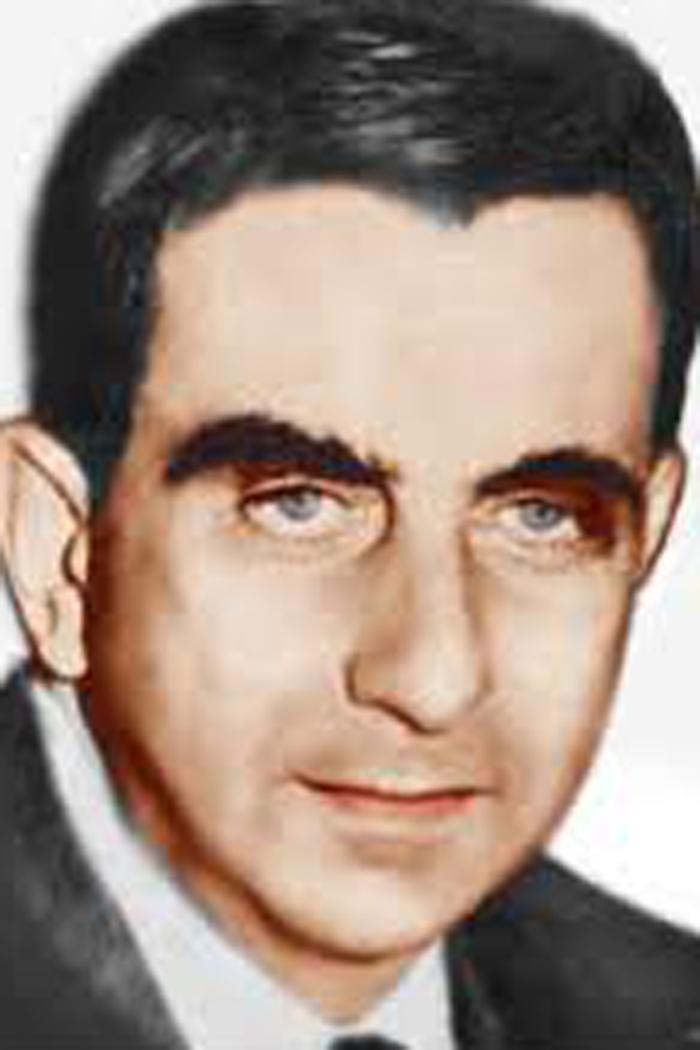Edward Teller

Edward Teller
Legacy Faculty, 1935-45
Legacy
Teller was invited to GW in 1934 by then GW President Cloyd Hecht Marvin along with George Gamow. In 1935, Teller moved into a home on Garfield Street with his wife Mici and began work. His teaching duties were mainly lectures on the new quantum theory.
Although he was 27, most of his students were older. A few became research collaborators, including Sterling Hendricks, Ferdinand Brickwedde, and Stephen Brunauer. Gamow often engaged Teller with ideas in the world of nuclear physics and astrophysics, but Teller largely remained a chemical physicist during his time at GW, or, as physicist Placzek called him, a “molecule inspector.”
While at GW, Teller was a central collaborator in producing a series of seminal papers in chemical and nuclear physics, including molecular adsorption on surfaces, shapes of molecules, spin-induced radioactive decay, neutron stars, nebulae formation, and energy production in red giants.
Teller received the Enrico Fermi Award from President John F. Kennedy and the National Medal of Science from President Ronald Reagan for his outstanding contribution to molecular physics, to the understanding of the origin of stellar energy, to the theory and application of fusion reactions, to the field of nuclear safety, and for his continued leadership in science and technology. His colleagues remember the precise, profound, and prodigious character of Edward's mind. (Words and image by William C. Parke.)

